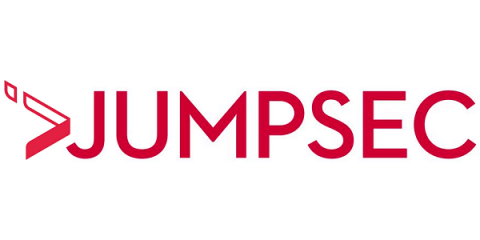Cybersecurity in Web Development: Best Practices for Secure Sites
Creating a website takes more than designing it to be visually appealing and user-friendly. Due to increased cyber threats, web developers have a challenge on their hands as they are required to observe security measures for both the users and the website. There is a high possibility of incurring costs due to reputation loss and business losses due to security breaches, thus emphasizing the need for the incorporation of security into every stage of web development. Everything must be perfectly safe, so we decided to ask professionals from paspartoo.com what things really matter.











